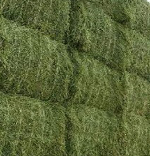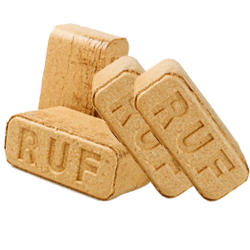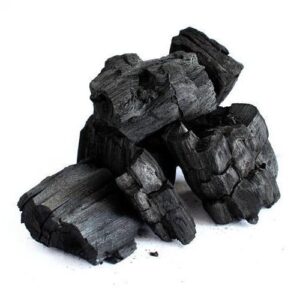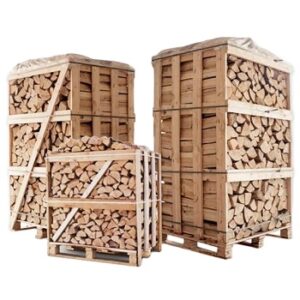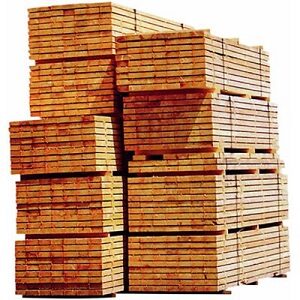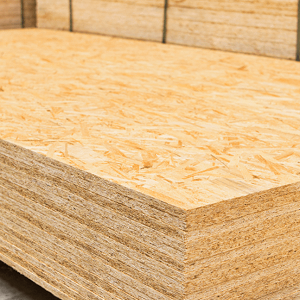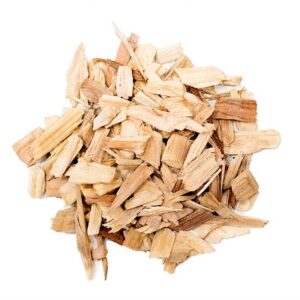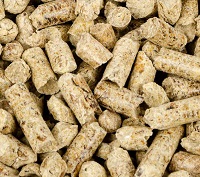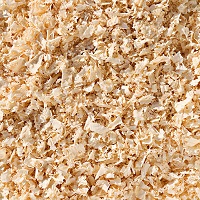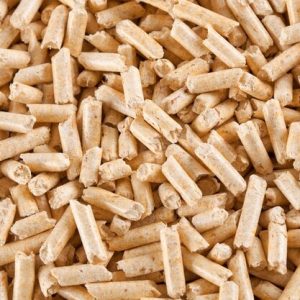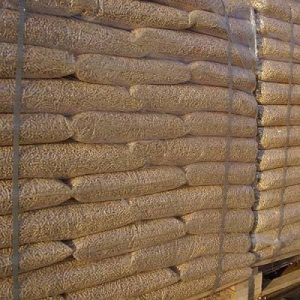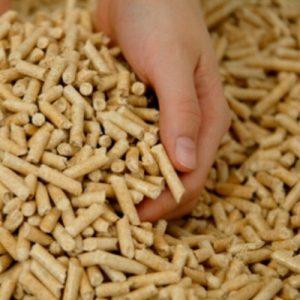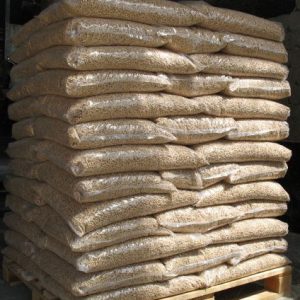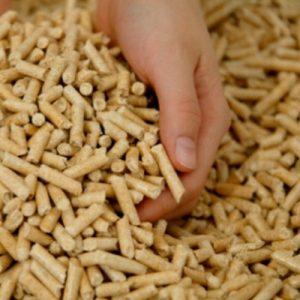Wood Pellets
Enplus A1 wood pellets are premium-grade biomass fuels designed for efficient and environmentally friendly heating solutions. Certified under the ENplus® A1 standard, these pellets represent the highest quality in the market, ensuring optimal performance for both residential and commercial heating systems.
Crafted from sustainably sourced virgin wood, Enplus pellets are known for their low ash and moisture content, ensuring a cleaner burn with minimal residue. Their consistent size and high energy density make them ideal for use in pellet stoves, boilers, and other heating systems that require reliable and uniform fuel.
Choosing Enplus A1 wood pellets not only helps reduce heating costs but also contributes to a greener planet by lowering carbon emissions. Whether you’re heating your home or managing an industrial heating project, these pellets deliver exceptional efficiency, convenience, and eco-conscious benefits.
Explore our range of wood pellets to find the perfect match for your heating needs!
Showing all 5 results
-
A1 Wood Pellets
Wood Pellets -
Koop Houtpellets
Wood Pellets -
Pellets De Madera A1
Wood Pellets -
الكريات الخشبية
Wood Pellets -
나무 펠렛
Wood Pellets

